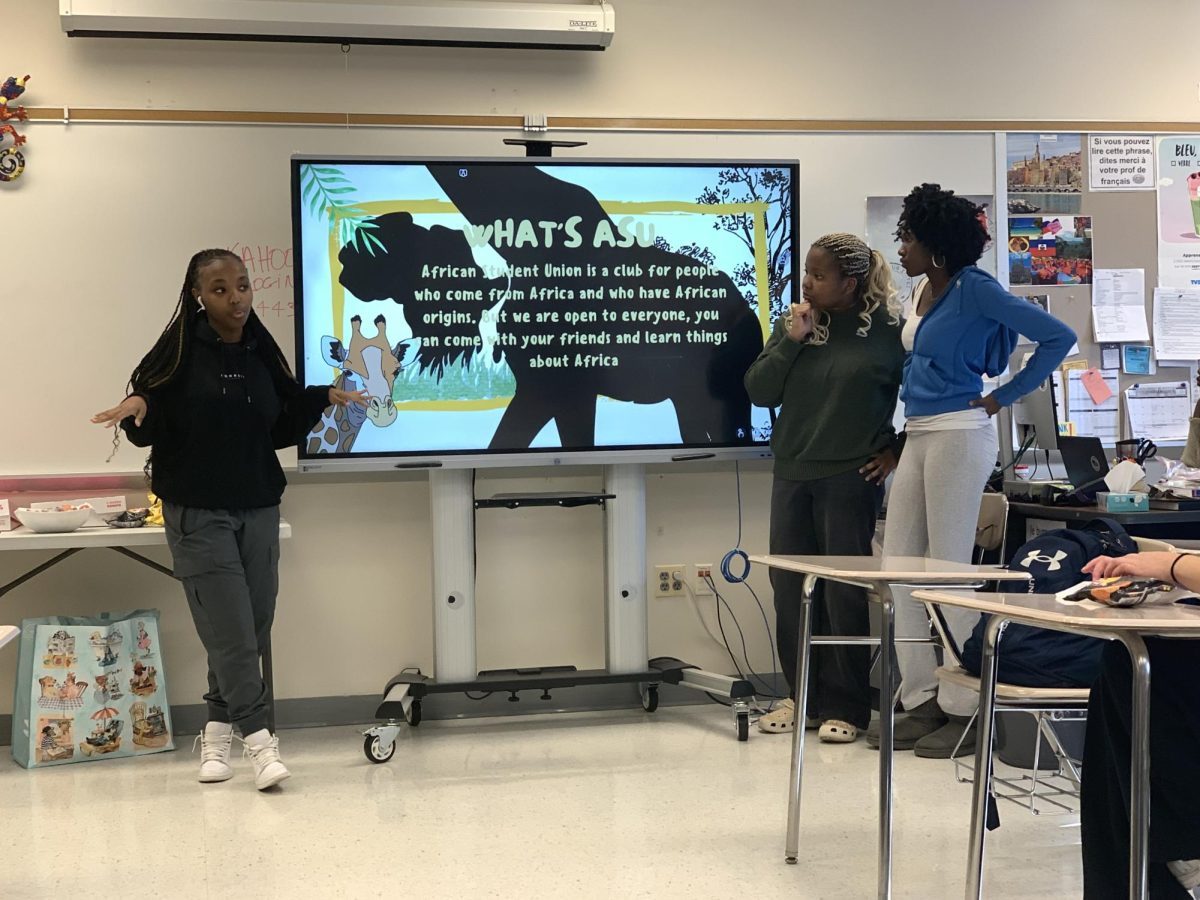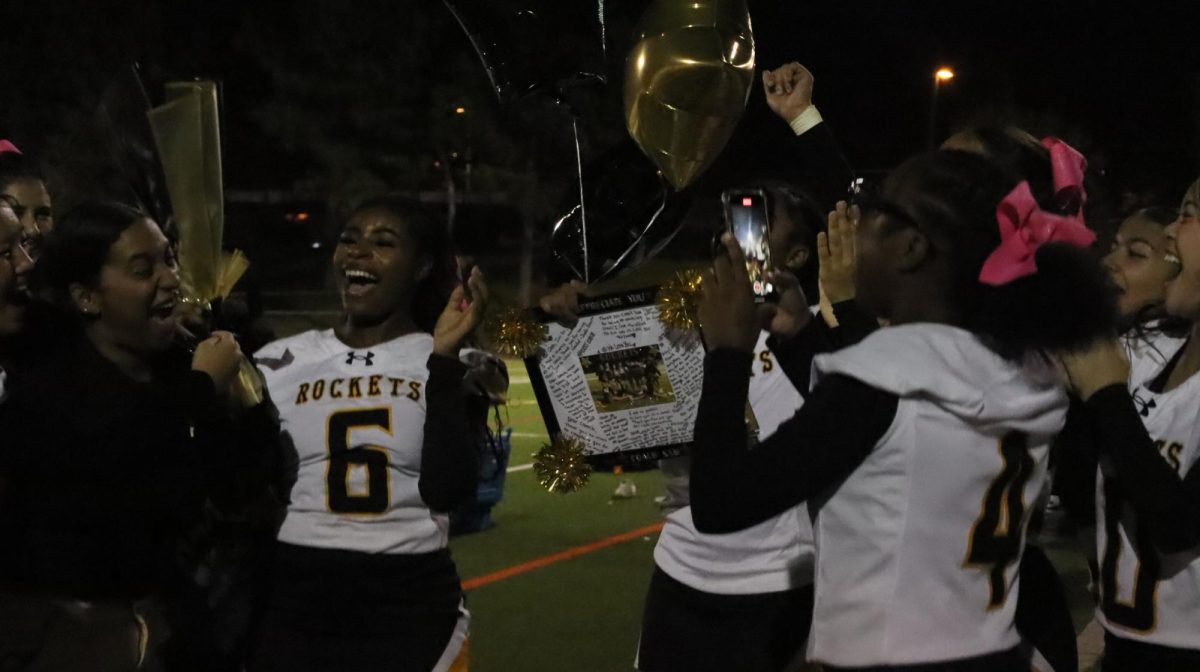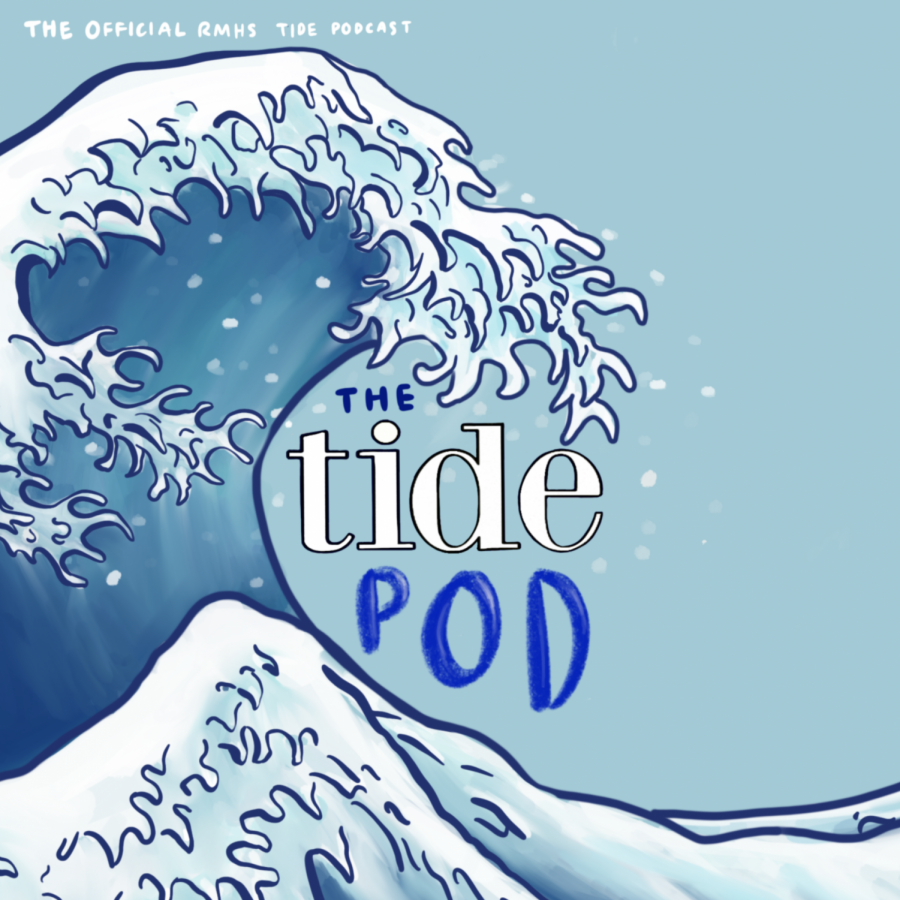As entertainment media continues to evolve in content, preferences, and tropes, so does the portrayal of the groups they write about. Film, television and music have grown increasingly LGBTQ friendly as society has pushed for their representation. However, this has not always been the case. The depiction of bisexuals is a notorious case. It was not a rare occurrence for a piece of media from the 1970s to even the recent 2010s to perpetuate negative stereotypes and disproportionate bisexual appearance that still appear in our progressive media today.
A major set back in bisexual portrayal has been the lack thereof. The harmful idea that people should “pick a side” has constantly been reflected in the media. According to a 2019 report from Glaad.org, bisexuals made up only 26 percent of LGBTQ television characters. Even so, they have rarely been protagonists.
Bisexuality would often be reserved for side characters and revealed for shock value. These would be considered “big moments,” and as fans of the shows buzzed about them, clips would be posted online. This helped the show gain traction, increasing their ratings. They could also be used as plot devices to keep people interested when writing quality declined. After this, their sexuality, or even the character themselves would be neglected. This made bisexuality more of a cash grab than genuine representation. This could often be seen in CW shows like “The Flash,” which ran from 2014 to 2023, and “Riverdale” from 2017 to 2023.
Bisexuals have also been victims of negative stereotypes in both television and film. Demonization has taken literal forms with bisexuals as malicious supernatural characters. “Lost Girl,” which ran from 2010 to 2016, depicts bisexual main character, Anna Silk, who is a succubus, a demon that feeds off of the sexual energy of humans.
From the 20th century, movies such as Vampire Lovers (1970), Fright Night (1985-2011), Bram Stoker’s Dracula (1992) and The Brotherhood (1968) all depicted bisexual vampires. These depictions perpetuated an idea that bisexuals are inhuman and evil. It categorized them as something to be feared, and even made it somewhat fantastical in its supernatural aspect. The more inclusive gender preference of bisexuals has also led to a “heartbreaker” stereotype, where they are misconstrued as promiscuous and prone to cheating. This labels them as untrustworthy, and keeps them in the “evil” or “morally gray” categories. The demonized sexuality of bisexuals feeds into one of the most common issues in their representation: fetishization.
Yet again recognizing the attention and profit made, the fetishization of bisexuals has been a common trend in not just visual media, but popular music as well. Hit song “Can’t Remember to Forget You,” released in 2014, features Rihanna and Shakira in a sexual setting with a clearly queer motive. Yet these women are famously straight. Britney Spears’ “If You Seek Amy,” released in 2008, features lyrics about her feelings for a fictional woman in a nightclub. She also partook in a famous kiss with Madonna in the 2003 MTV Video Music Awards. Spears, however, confirmed her sexuality in an interview with Out Magazine in 2011.
“I only have eyes for men,” Spears said.
In these situations, instead of depicting actual relationships, bisexuals have been represented by solely sexual themes. Additionally, straight people, particularly women have been used to portray them. This is because these portrayals were marketed towards straight men for entertainment rather than real representation. The use of it for views, streams and ultimately profit helped perpetuate the idea that bisexuality is “fake,” once telling people they should be “one or the other” in their romantic relationships.
In recent years, the media has done a much better job in bisexual representation. These harmful stereotypes are generally seen less, and called out more often. Shows like “Heartstopper” (2022) and “Heartbreak High” (2022) are popular among younger queer generations for their well written queer characters, including bisexuals. Bisexual artists such as Frank Ocean and Clairo openly discuss their relationships in the form of love songs that resonate with thousands of listeners. However, there is still progress to be made. Recognizing misrepresentation is equally important now as it was years ago.


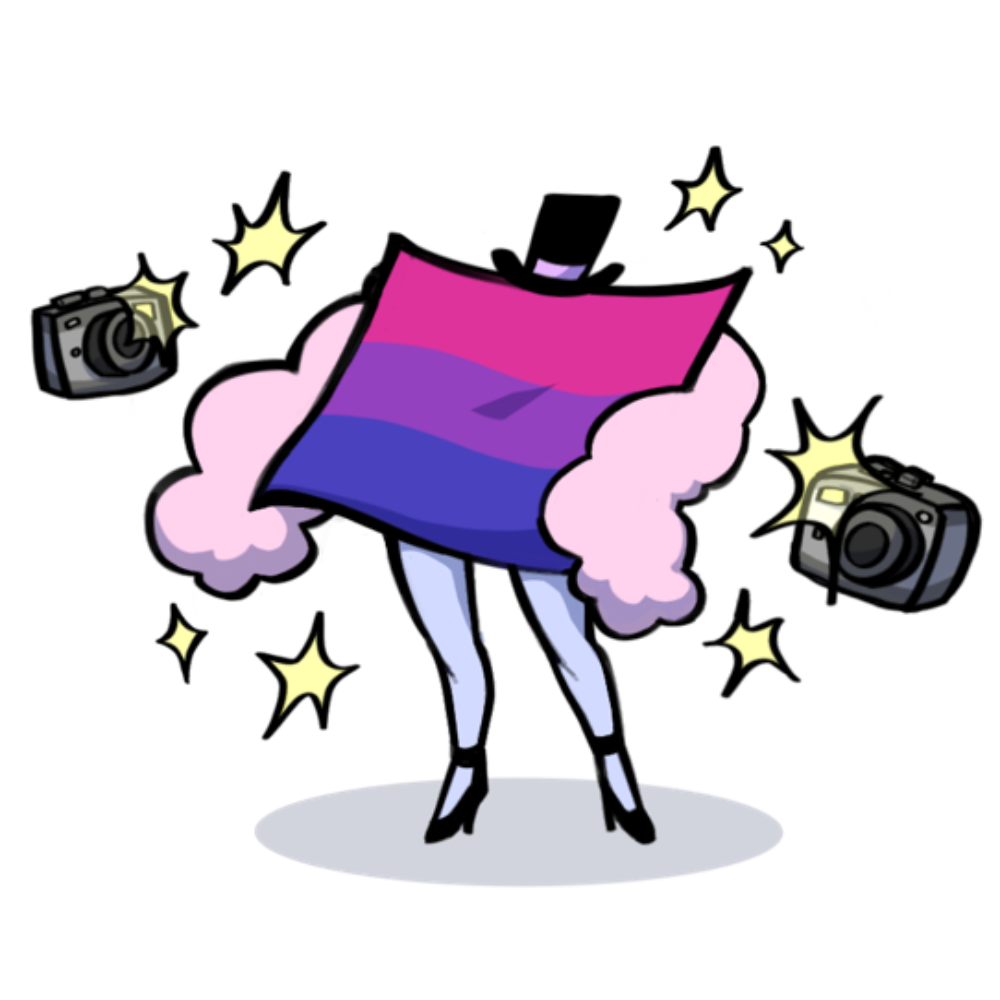
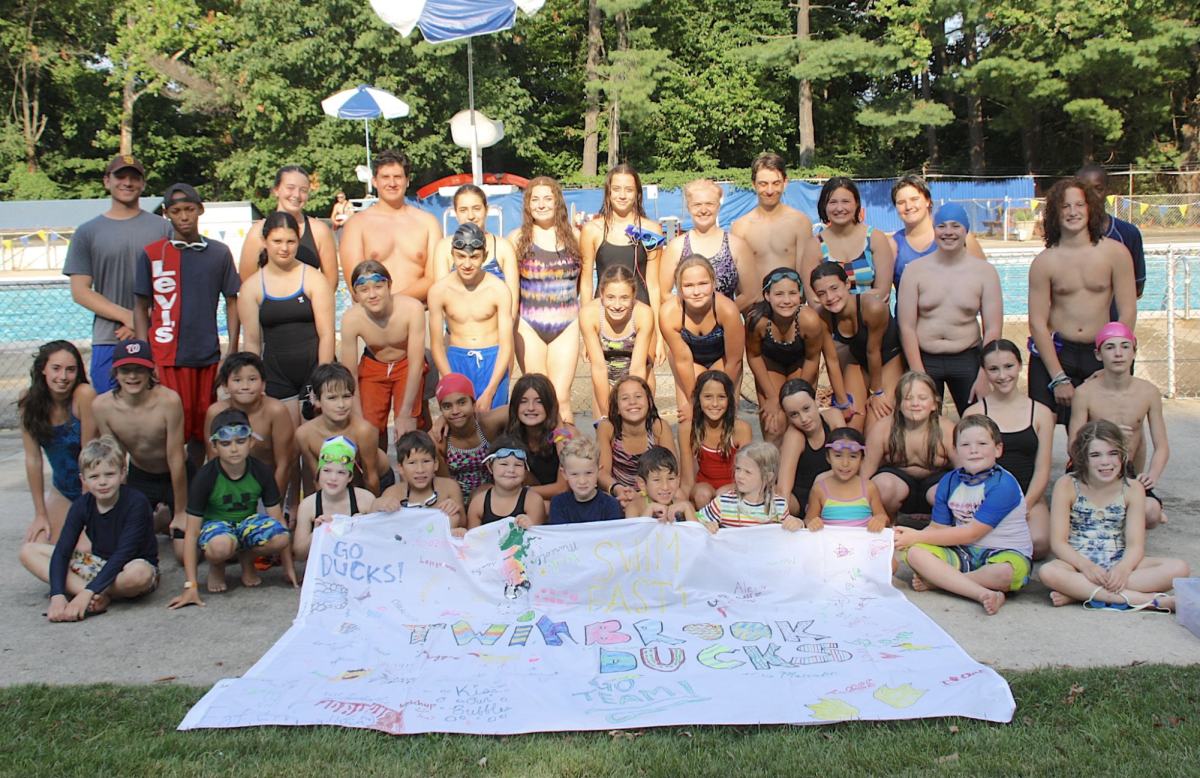
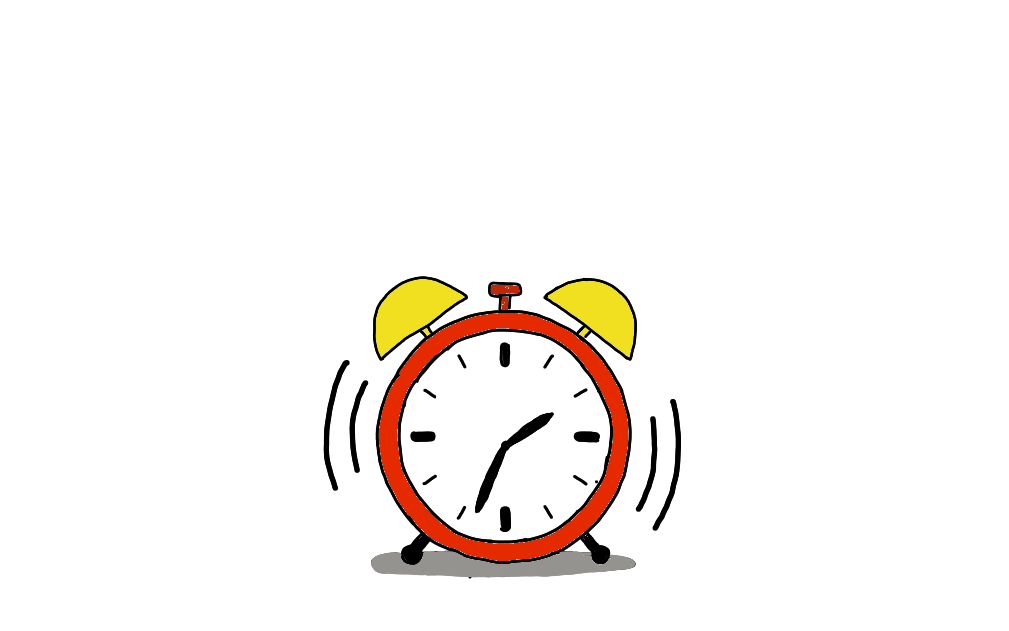




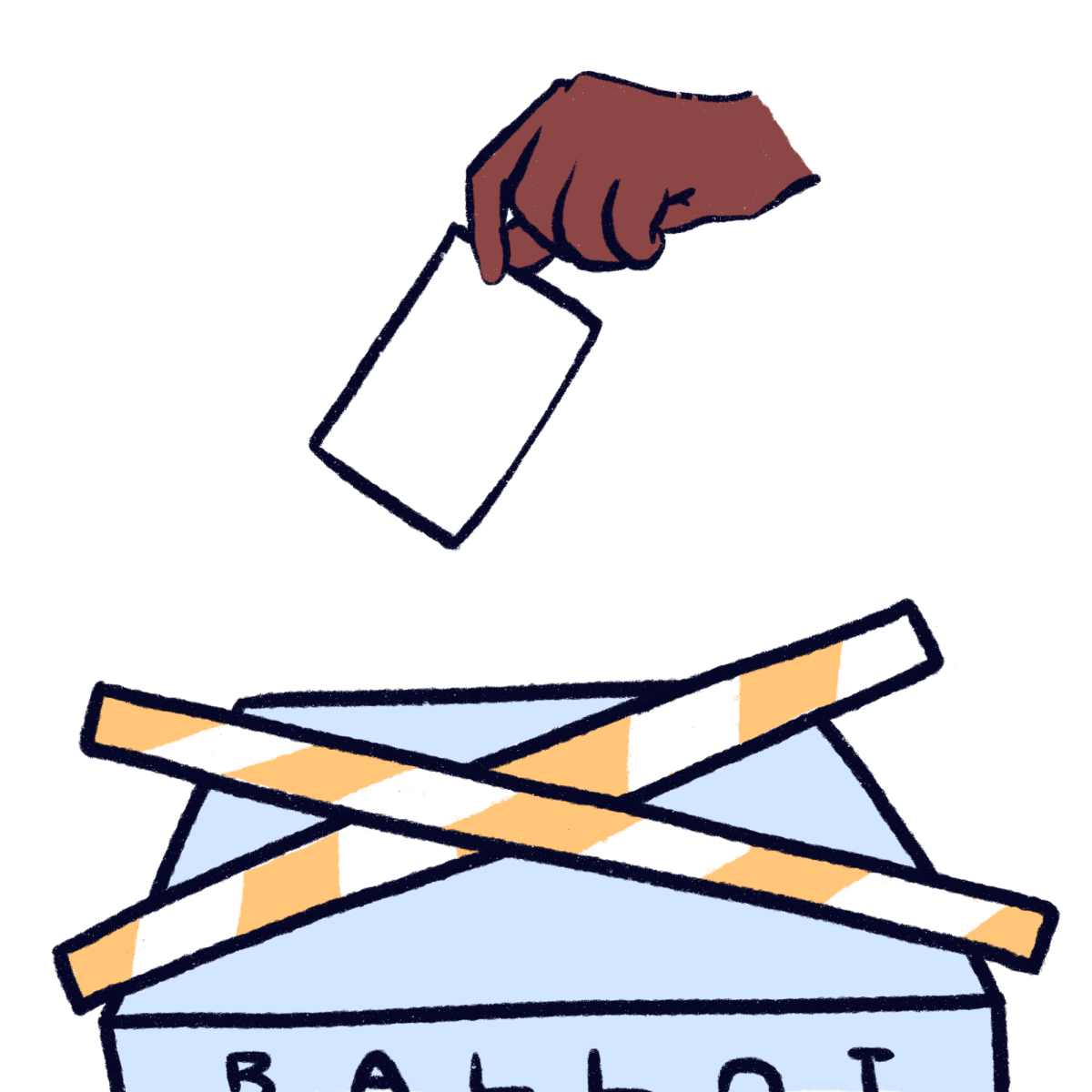

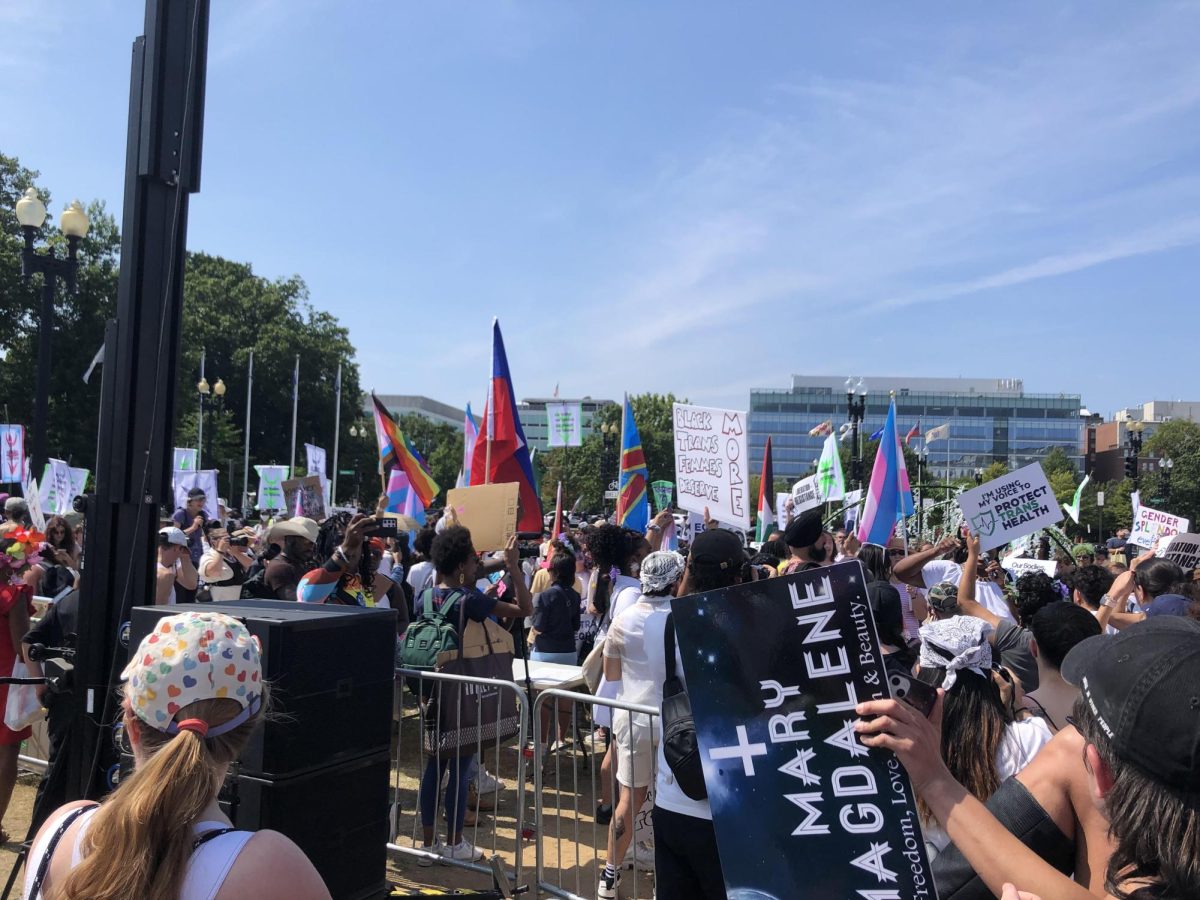
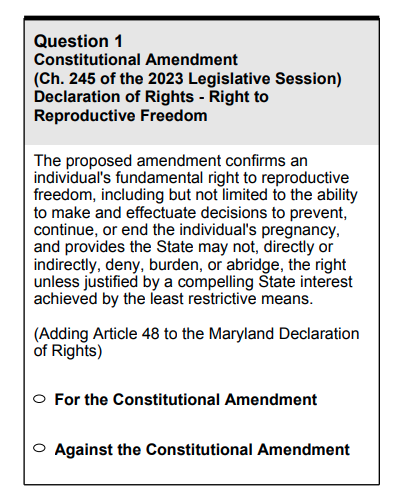

![The team hoists the state championship trophy together. After winning the program's first state title in 2023, the girls volleyball team finished the 2024 season with a perfect 20-0 record, a county championship, regional championship and state championship. “One thing [us seniors] really preach is building that family and that community,” Djordjevic said. “I hope that the legacy we leave is one that demonstrates the strong bond we have and how crucial that is to a successful team and to a successful game like this.”](https://thermtide.com/wp-content/uploads/2025/02/DSC_1078-2-1200x800.jpg)

